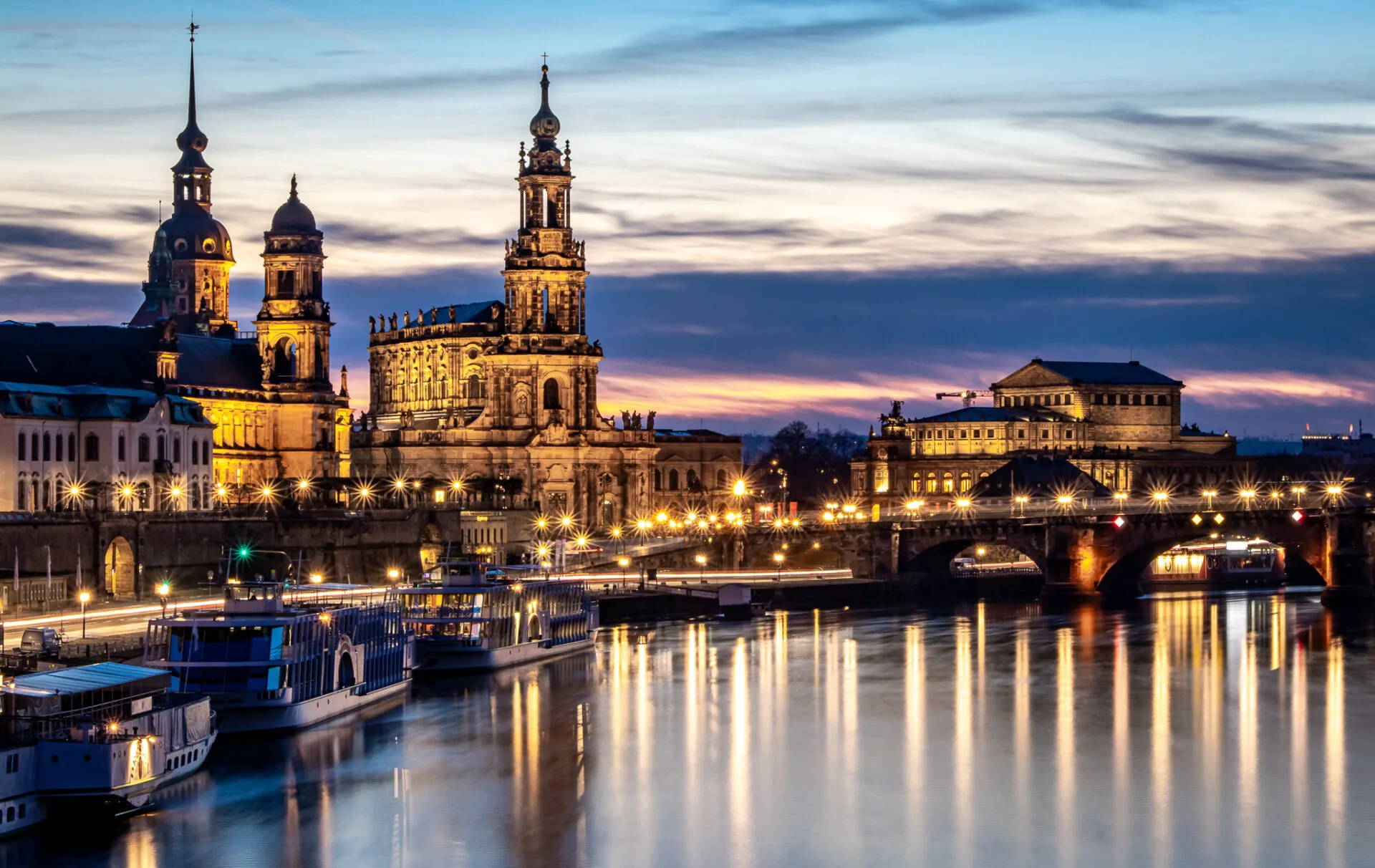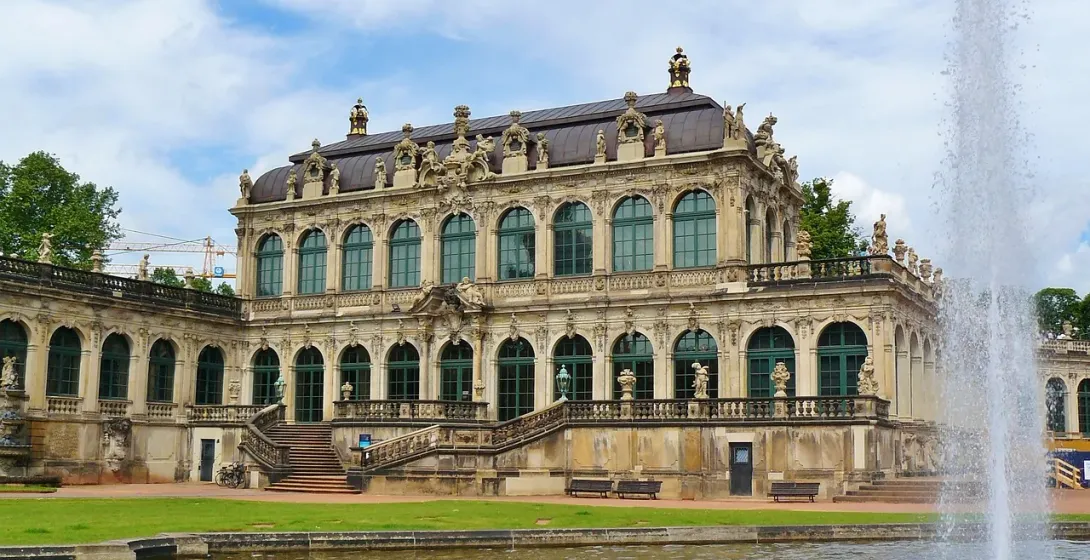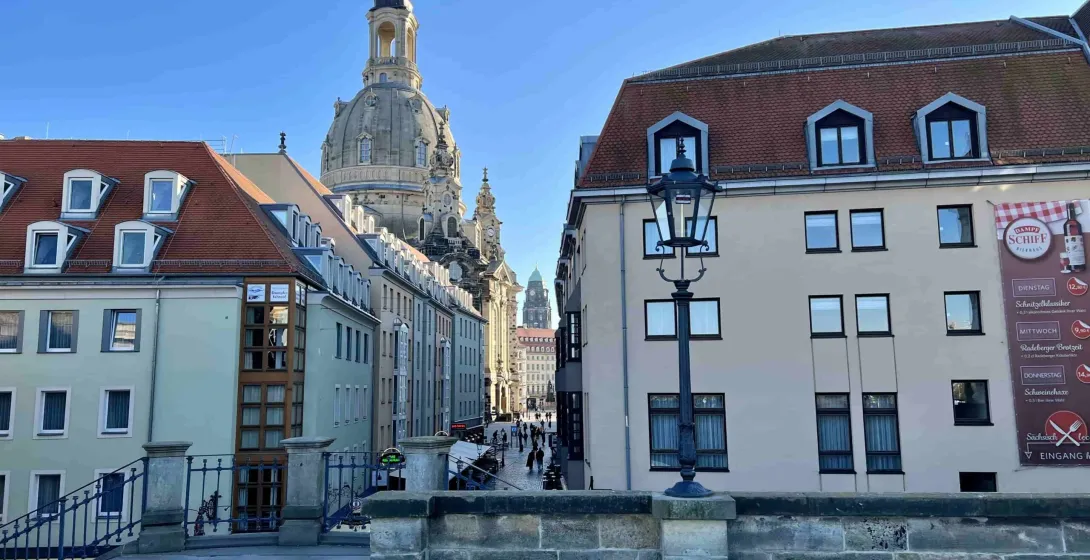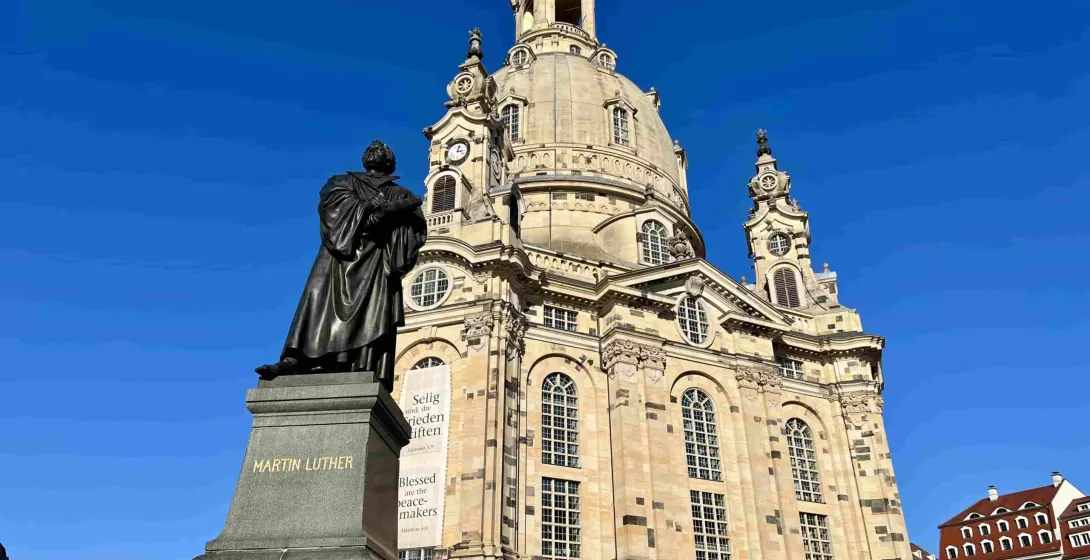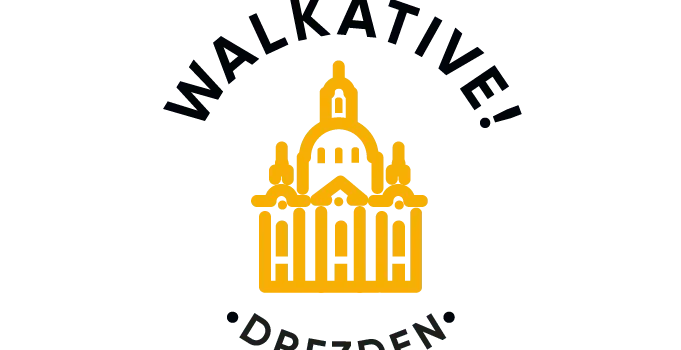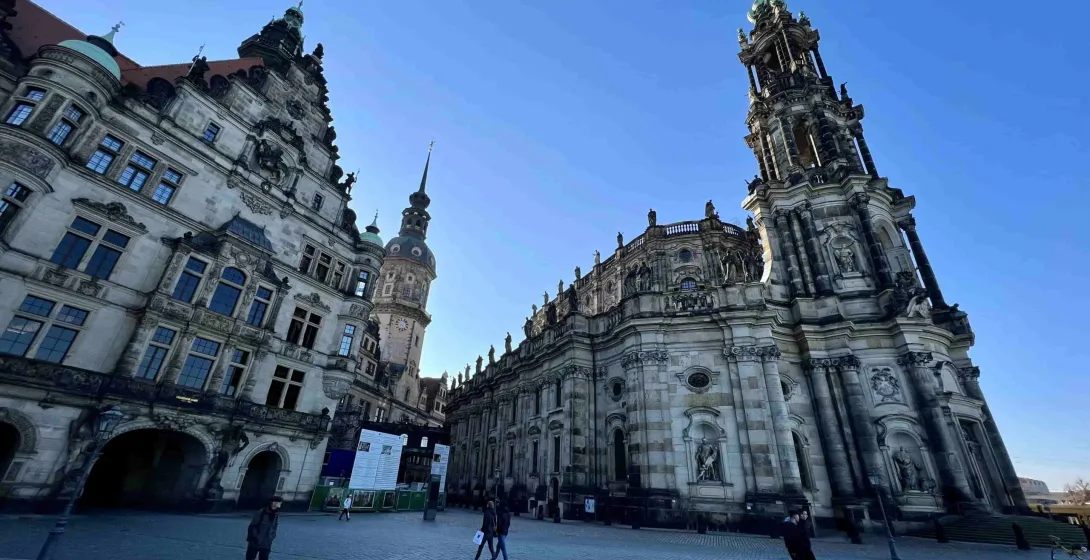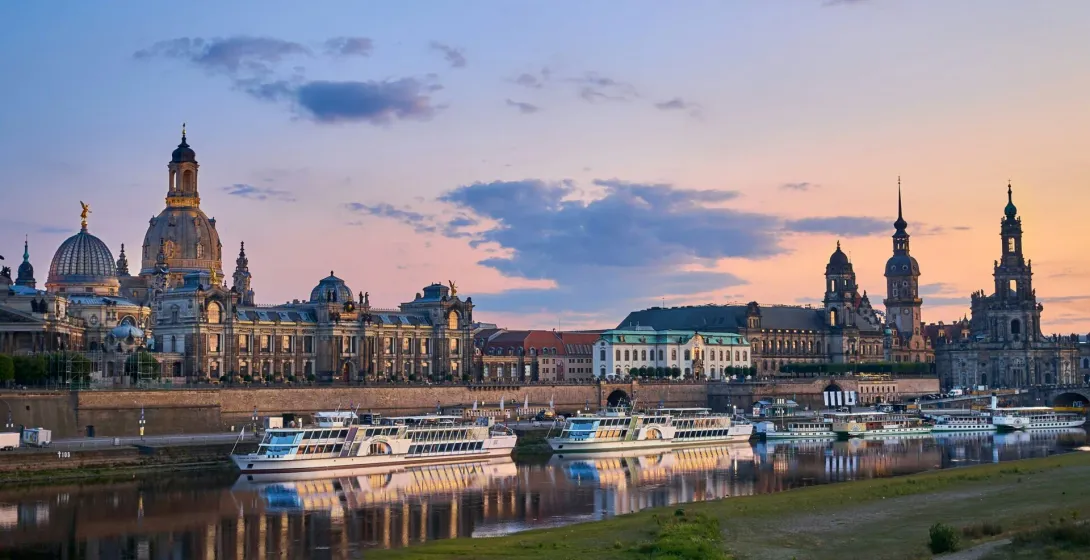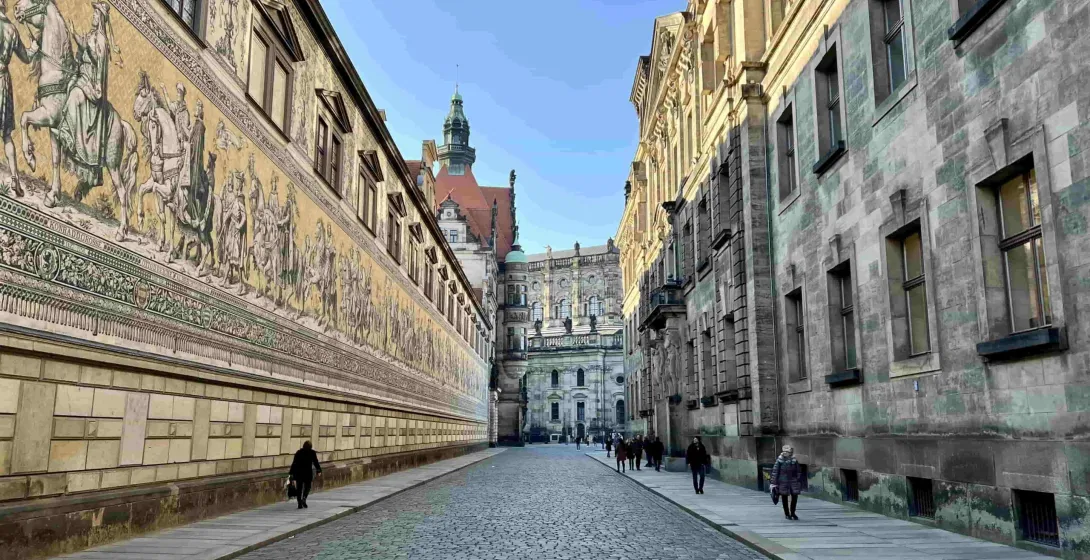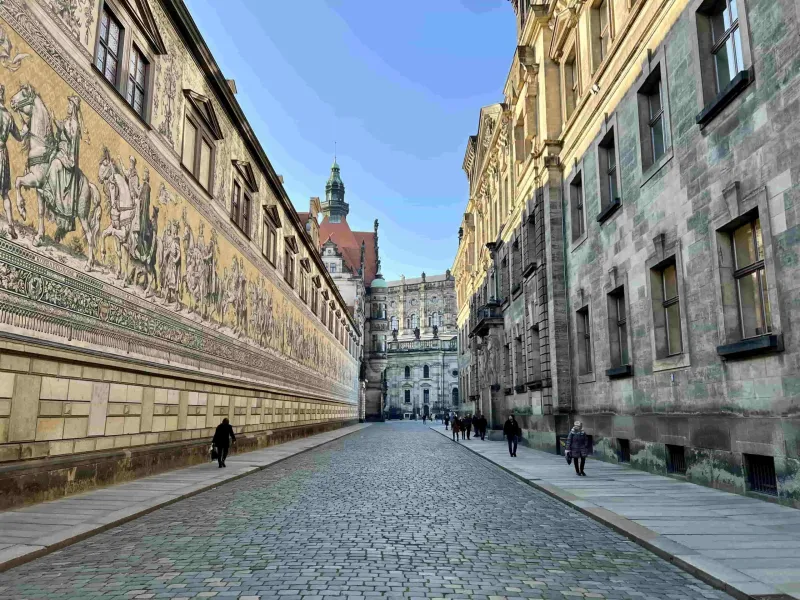Dresden Old Town Historical Walking Tour
Introduction to Dresden, its history and culture. We explore the Old Town and the Elbe riverfront, tracing the city’s story from Slavic roots and Saxon electors through WWII destruction and reconstruction, while visiting Neumarkt and the Frauenkirche, the Fürstenzug, Dresden Castle, the Zwinger, and the Semperoper.
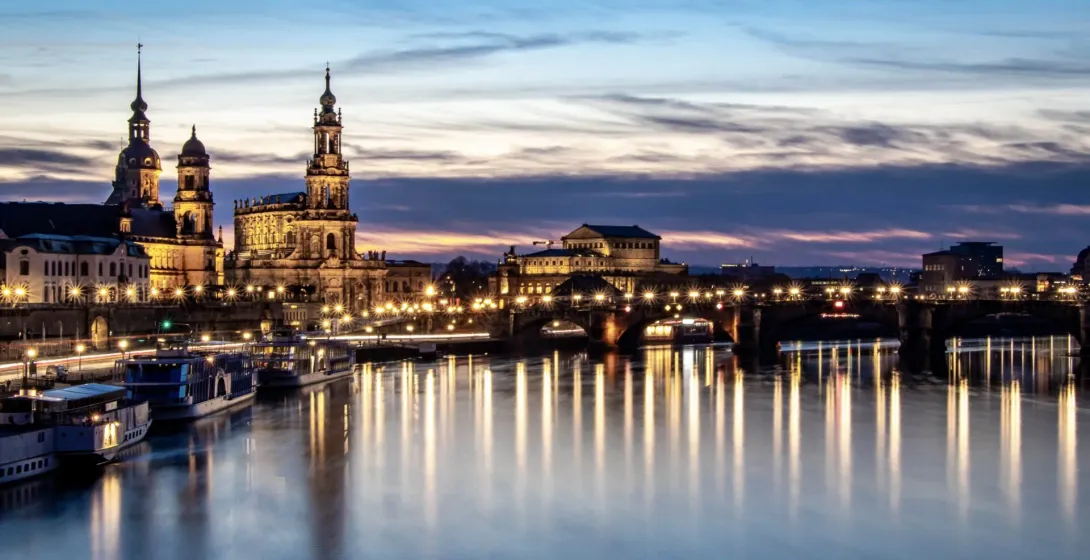
Basic Information
Total time
2h 15m
Language
English, German (check the calendar for availability)
Price
Our “Pay What You Wish” tours don’t have a fixed price — you decide how much the experience was worth. At the end of the tour, please make a fair contribution that reflects your satisfaction and appreciation for your guide’s work. Most guests give between €10 and €50 per person.
Meeting point
Martin Luther Statue at the Neumarkt Nearest public transport: to be confirmed
Additional info
☂︎ This tour is organised by Walkative Dresden guides. Look for the guide with the yellow umbrella.
❗Our tours run in all weather conditions. High or low temperatures, rain, or snow are never a reason for us to cancel. We’re always here for you! The only reasons for cancellation are extreme weather conditions (such as heavy storms), a guide’s sudden illness, or if there are fewer than 5 registered participants. In such cases, we will always notify you using the contact information you provided when booking the tour.Booking rules
Booking is obligatory. Our “Pay What You Wish” tours are meant for individual travellers and small groups. Large groups (8 or more people) cannot join these tours, as they significantly affect the experience for others and the guide. For school trips, organised tours, or groups of friends, please book our paid option (18€ per person) or arrange a Private Tour. For more information or to schedule a group visit, please contact us directly.
About the tour

Dresden, beautifully set at the river Elbe, is one of Germany’s most wonderful cities, with the famous porcelain-like, baroque architecture dominating its silhouette. Fittingly, the capital of Saxony hides a grandiose history of princes and kings, but also its fair share of tragedies.
Elbe is often described as the line dividing the Germanic and Slavic civilizations of old – we would argue and claim that it actually connects them, and you can feel that in Dresden. The city was once a small Slavic settlement and so its name sounds very familiar to anyone speaking Czech, Slovak, Polish or Sorbian. A small village turned into a city built around a castle in the 13th century and grew into one of the most important trading centers of the region at the end of the Middle Ages. One of the sources of its prosperity was silver and lead mined in the nearby Rudavy mountains. It was also then, at the end of the 15th century, when Dresden was elevated to become the seat of the Holy Roman Empire’s prince-electors. But it wasn’t until the early 1700s, when it really started to shine. It was then when the Saxon princes of the Wettin dynasty were elected Kings of Poland and Grand Dukes of Lithuania and Dresden gained its almost imperial grandeur. Zwinger Palace, Frauenkirche and the redesigned Dresden Castle are only a few pearls among dozens of baroque structures adorning the panorama.
Yet, it was not to last forever. The events of the 20th century, Nazi domination and subsequent World War 2 left the city famously bombed to the point beyond recognition. However, unlike many of its Western German counterparts, the city centre of Dresden was painstakingly restored using old techniques and design elements and now, together with Warsaw, its stands as the most impressive example of historical reconstructions in Europe. So much so that while walking along its cobbled streets, you might not even notice that it’s all… new.
On our tour, we will present you with the history of the city and its current lively face. We will be sure to make you understand how the Germanic organization merged with Slavic hopeless romanticism to form one of a kind Central European fusion.
Today, Dresden is a leading tourism and educational hub and attracts visitors from Germany and abroad. A short ride from Prague and Berlin helps to plan it as a short weekend trip, but it can also be a base to discover the beauty of Saxony with the nearby Bautzen, the centre of the Sorbian culture or Meisen, famous for its medieval old town and porcelain.
Highlights
- 1
Frauenkirche
Iconic Baroque church, painstakingly reconstructed after its destruction in WWII, dominating the Neumarkt square.
- 2
Fürstenzug Mural
A stunning outdoor porcelain mural depicting a procession of Saxony's rulers throughout history.
- 3
Dresden Castle
The former residence of Saxon electors and kings, now a complex of world-class museums.
- 4
Zwinger Palace
A grand Baroque palace complex with beautiful gardens and world-renowned art collections.
- 5
Semperoper Opera House
The magnificent home of the Saxon State Opera, a masterpiece of 19th-century architecture.
- 6
Brühl's Terrace
A historic promenade along the Elbe River, nicknamed "The Balcony of Europe" for its views.
- 7
Hofkirche Cathedral
The Catholic Cathedral of Dresden and the burial place of the Saxon rulers.
- 8
Altmarkt Square
Dresden's oldest square, home to the Kreuzkirche and a vibrant Christmas market.
Map
Martin Luther Statue at the Neumarkt Nearest public transport: to be confirmed
